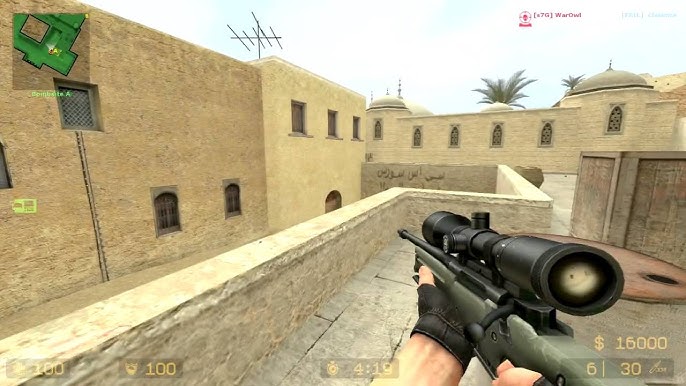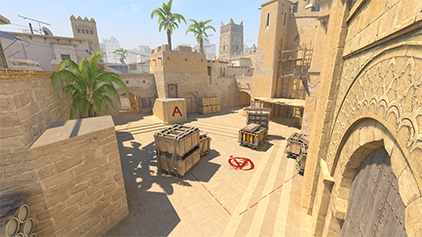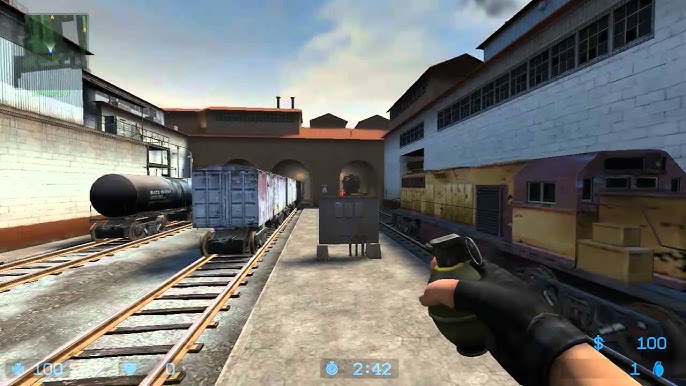Dust, Smoke, and Steel: A Veteran's Look at CS:S Map Evolution For those of us who cut our teeth on the original Counter-Strike, transitioning to Counter-Strike: Source was a bittersweet experience.
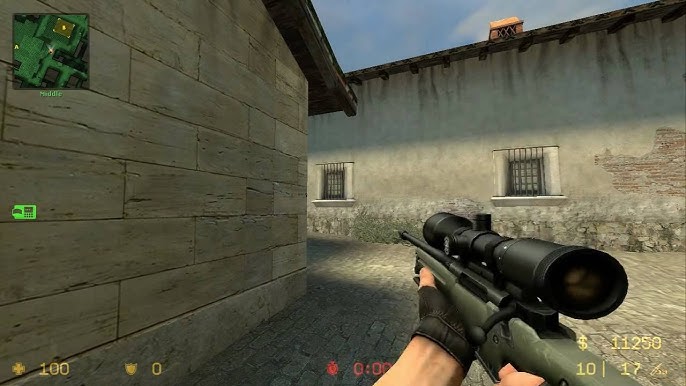
For those of us who cut our teeth on the original Counter-Strike, transitioning to Counter-Strike: Source was a bittersweet experience. The improved graphics and physics were a welcome upgrade, but the changes to core map design sparked countless debates. We had to relearn angles, timings, and strategies on maps we thought we knew intimately. In this article, I'll share my perspective as a long-time player, diving into the evolution of three iconic maps – de_dust2, de_inferno, and de_train – and exploring how their redesigns shaped the competitive landscape of CS:S. We'll examine the design changes, assess their competitive viability, and delve into the community's reaction to these alterations.
de_dust2: The Sands of Time Shift
de_dust2 is arguably the most iconic map in Counter-Strike history. Its simple, symmetrical layout made it a staple for both casual and competitive play. However, CS:S brought noticeable changes that subtly altered the map's dynamic.
Design Changes: The most significant change was undoubtedly the widening of the mid doors. In Counter-Strike 1.6, the tight doorway heavily favored AWP players holding the angle from T spawn. The CS:S redesign provided more room for Terrorists to maneuver, making the mid-control battle more balanced. This single change reduced the effectiveness of a static AWP hold and encouraged more aggressive plays through mid. Another change was the updated texture and lighting, which, while visually appealing, altered visibility in certain areas. "Short," for example, became a little brighter, affecting how smoke grenades were used.
Competitive Viability: Despite the changes, de_dust2 remained a cornerstone of the competitive CS:S scene. The map's inherent balance and familiarity ensured its continued popularity in tournaments and leagues. Teams often employed a split strategy, with some players pushing through mid while others flanked through long or short. A common T-side strategy involved smoking "catwalk" and rushing "B," while CTs would typically have an AWPer holding mid and another rotating between sites.
Community Reception: The community largely accepted the changes to de_dust2. While some nostalgic players missed the original AWP dominance in mid, most recognized that the redesign made the map more balanced and dynamic. The visual upgrades were also generally well-received, though some purists argued that they detracted from the map's gritty aesthetic.

de_inferno: Balcony Views and Burning Bridges
de_inferno in CS:S underwent a more substantial overhaul compared to de_dust2. The map retained its core layout but featured significant architectural changes that impacted gameplay.
Design Changes: The most notable addition was the balcony overlooking the "A" site. This new vantage point provided CTs with a powerful defensive position, allowing them to control the site from above and effectively shut down rushes. The balcony significantly changed how teams approached the A site, forcing Terrorists to use more utility (smokes and flashes) to clear the angle. Another important change was the texture and layout around "banana," making it slightly easier for Ts to push up. The cobblestone textures were also refined, improving visibility in some key areas.
Competitive Viability: de_inferno maintained its status as a competitive staple in CS:S. The addition of the balcony created new tactical opportunities for both sides. CTs could effectively utilize the balcony for early picks or to delay pushes, while Terrorists needed to develop strategies to counter this defensive advantage. Standard strategies involved smoking "CT spawn" and "balcony" while rushing "A," or executing a coordinated split push between "banana" and "mid."
Community Reception: The community's reaction to the de_inferno redesign was mixed. Some players praised the addition of the balcony for adding a new layer of tactical depth, while others criticized it for making the "A" site too CT-sided. Over time, the community adapted to the changes, and de_inferno remained a popular and respected map.
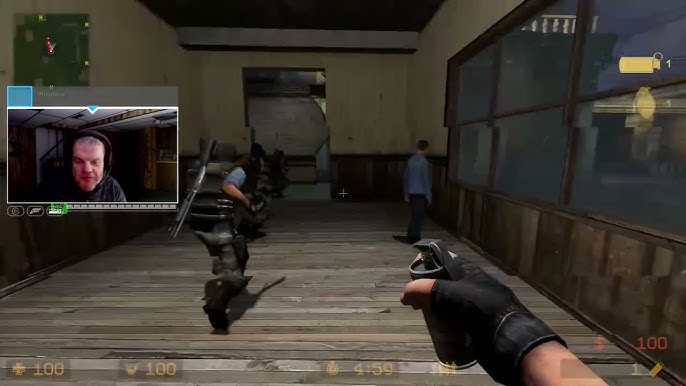
de_train: A Close-Quarters Shuffle
de_train in CS:S presented a unique challenge due to its inherently complex layout and emphasis on close-quarters combat. The Source engine's physics and graphical fidelity brought both improvements and new challenges to this map.
Design Changes: The revised train car layout was the most impactful change. The arrangement of the trains on both bomb sites was altered, affecting angles and cover positions. This demanded a recalibration of established strategies and tactics. Furthermore, the tighter corridors felt even more claustrophobic in CS:S, favoring SMGs and close-range engagements. The lighting changes, especially inside the train cars, significantly impacted visibility and the effectiveness of flashbangs.
Competitive Viability: de_train experienced fluctuating popularity in the competitive CS:S scene. Its intricate layout and CT-sided nature made it a niche pick for some teams. Strategies often revolved around controlling "ladder room" and "pop dog" on the T side, while CTs focused on holding the train cars and utilizing crossfires. Due to the confined spaces, team coordination and precise grenade usage were crucial for success.
Community Reception: The community's perception of de_train in CS:S was divided. Some players appreciated the map's unique gameplay and tactical depth, while others found it too restrictive and difficult to master. The changes to the train car layout were a point of contention, with some arguing that they made the map even more CT-sided. However, dedicated players continued to refine strategies and explore new possibilities on this challenging map.

Lessons Learned and Lasting Impact
The evolution of map design in Counter-Strike: Source had a profound impact on the game's competitive landscape. While the core layouts of iconic maps remained largely intact, subtle changes in geometry, lighting, and textures significantly altered gameplay dynamics.
- Adaptation is Key: Veteran players had to adapt their strategies and tactics to account for these changes. Familiar angles and timings were no longer reliable, forcing players to relearn the maps and develop new approaches.
- Balance is Paramount: Map design choices that skewed the balance too heavily in favor of one side were often met with criticism from the community. Valve learned valuable lessons about the importance of maintaining a fair and competitive environment.
- Visual Fidelity Matters: While improved graphics were generally welcomed, excessive visual clutter or inconsistent lighting could negatively impact gameplay. A balance between visual appeal and competitive clarity was crucial.
The lessons learned from CS:S map design influenced subsequent Counter-Strike iterations, including Counter-Strike: Global Offensive. The emphasis on balance, strategic depth, and visual clarity remains a guiding principle in modern Counter-Strike map design.

In conclusion, Counter-Strike: Source served as an important bridge between the original game and the modern era of Counter-Strike. The map design changes, while sometimes controversial, ultimately contributed to the evolution of competitive gameplay and shaped the future of the franchise. As a veteran player, I appreciate the challenges and opportunities that these changes presented, and I'm grateful for the lasting impact they had on the game I love.

